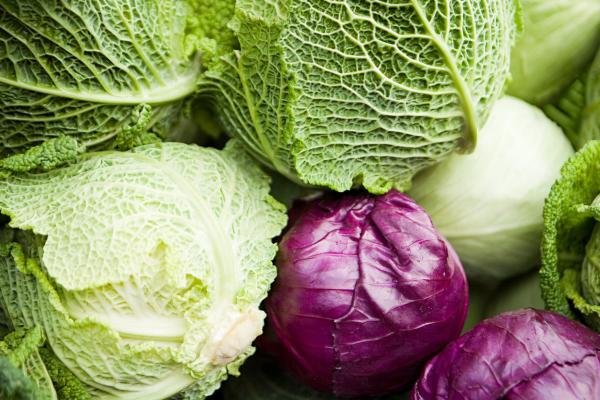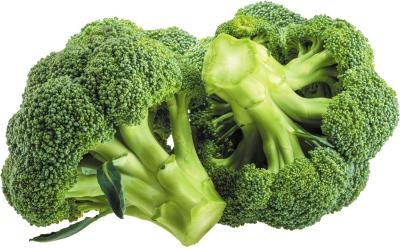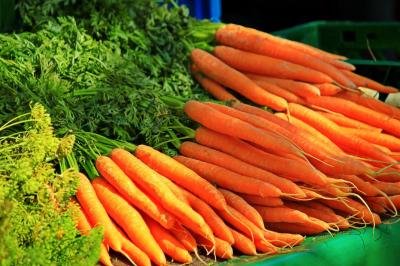Cabbage is a member of the Brassica family, which also includes broccoli, cauliflower, and kale. It comes in various colors, most commonly green, purple (red), and savoy, each with a unique texture and flavor profile. Cabbage is known for its dense, compact head of leaves and is rich in essential nutrients such as vitamin C, vitamin K, and dietary fiber. It also contains antioxidants and sulfur compounds, which are beneficial for health.
Cabbage is extremely versatile in the kitchen and can be eaten raw, cooked, or fermented. Raw cabbage is often shredded and used in salads and slaws, providing a crunchy texture and a mild, slightly peppery taste. When cooked, cabbage can be boiled, steamed, sautéed, or roasted, becoming tender and sweet. It is a key ingredient in many traditional dishes, including coleslaw, sauerkraut, kimchi, and stuffed cabbage rolls. Cabbage is also a popular addition to soups, stews, and stir-fries.
Nutritional Benefits:
- Vitamins: High in vitamins C and K, supporting immune health, bone strength, and skin health.
- Fiber: Rich in dietary fiber, aiding digestion and promoting satiety.
- Antioxidants: Contains antioxidants, including polyphenols and sulfur compounds, which help protect the body from oxidative stress.
Cabbage is a nutritious and versatile vegetable that can be enjoyed in many different ways. Whether you prefer it raw in salads, cooked in hot dishes, or fermented for a tangy treat, cabbage is a delicious and healthful addition to any diet.











.jpg)




.jpg)





